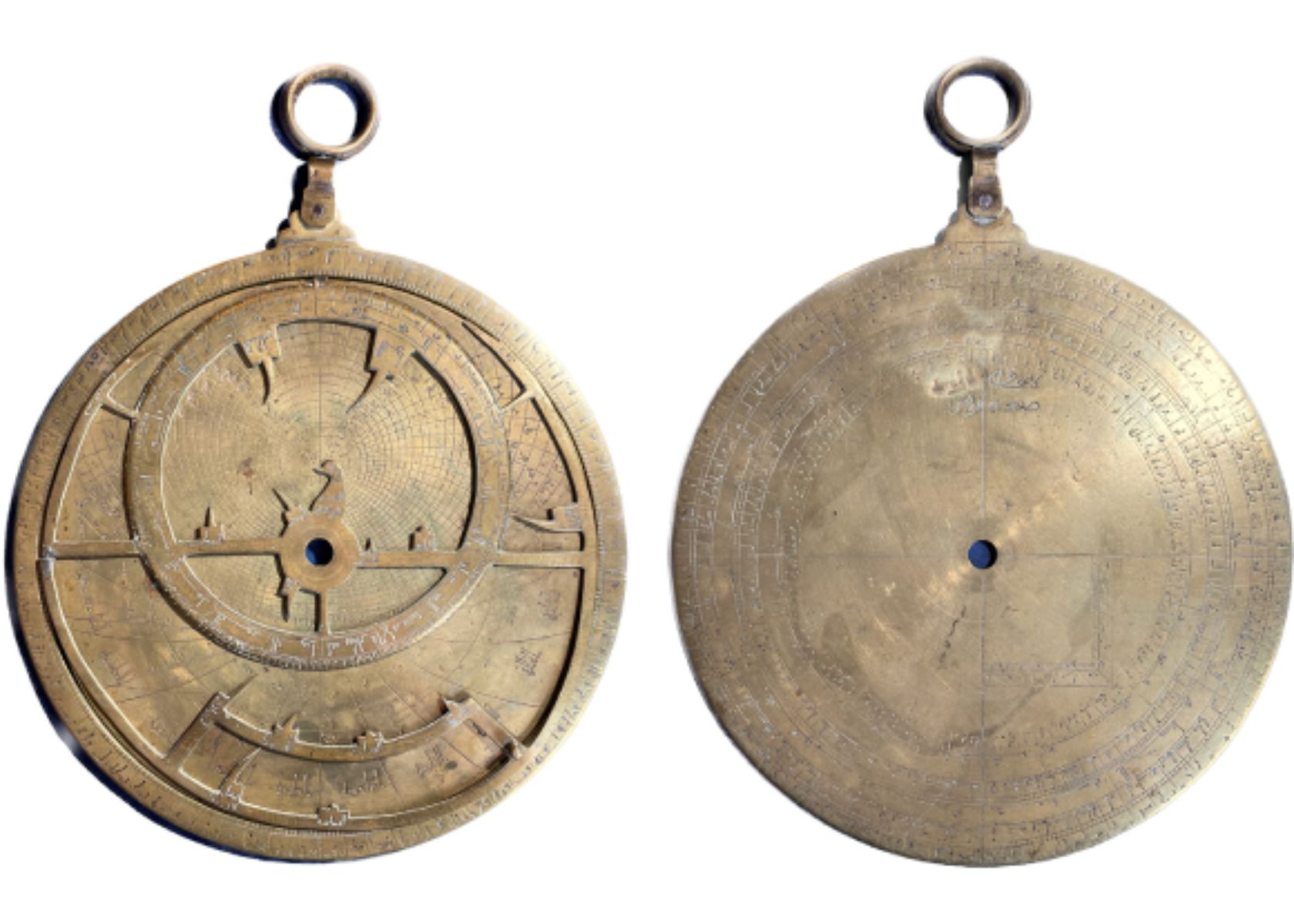
In a recent study of an ancient tool called an astrolabe, scientists made a new discovery. This device, used to determine dates and times using stars, was found in a museum in Verona, Italy. What’s important about this astrolabe is its journey through time and different cultures.
Crafted by Muslim artisans in the eleventh century, this astrolabe wasn’t limited to Muslim users. Over the years, it made its way into the hands of Jewish and Christians. They didn’t just use it as it was, but they made changes to it. They translated its markings and modified it to fit their needs.
Finding an astrolabe like this, shared among different cultures almost a thousand years ago, is incredibly rare. It is a testament to the cooperation and exchange of knowledge between Muslim, Jewish, and Christian communities during that time, as reported by Space.com.
For many years, the bronze astrolabe sat quietly in the archives of Verona’s Fondazione Museo Miniscalchi-Erizzo, its significance overlooked. Then, the museum’s curator, Giovanna Residori, became intrigued by it.
She shared her curiosity with Federica Gigante, a historian at the University of Cambridge. Gigante is an expert in the exchanges of both materials and ideas between Islamic civilizations and Europe.
Astrolabes were initially invented by Greeks
“The current curator thought it was an intriguing object and wanted to know more about it,” Gigante told Space.com. “Just by chance I saw it on the museum website, so it was a happy coincidence.” Upon examination, Gigante was amazed by the intricate history surrounding this astrolabe.
Astrolabes trace their origins back to the ancient Greeks, although none from that era have survived. Instead, the earliest known examples date back to the late eighth century and were crafted by Arab astronomers, who were pioneers in scientific knowledge during that period, according to Space.com.
The discovery of this ancient astrolabe with #Hebrew inscriptions sheds light on the intellectual exchange between #Christians, #Jews and #Muslims in 11th century #Spain. pic.twitter.com/W6LZ2Mjdnc
— Javier Castro E. (@Ace_Javier64) March 6, 2024
Astrolabes are made up of disks with markings around the edge that show either time or degrees of angular separation. Attached to this disk are circular plates, each for a particular latitude, and on top of them sits another plate called a “rete” (pronounced “ree-tee”).
The rete has a chart showing the brightest stars in the sky. The goal is to align the rete so that the stars match their positions in the sky, and then use the hour scale on the edge to figure out the time, according to the study.
‘Every mosque would have had one’
Muslim craftsmen crafted astrolabes, keeping religious purposes in mind.
“Every mosque would have had one,” said Gigante. “That makes perfect sense, because the chief function of an astrolabe is to tell the time, and that’s one thing a muezzin does from a minaret, which is to chant the hour of prayer.”
There are about twelve astrolabes made by Arabs in museum collections around the world. However, what makes the Verona astrolabe unique is that it includes inscriptions in Hebrew and a language from Christian countries of that time, likely Italian.
The recently studied eleventh-century astrolabe reveals Islamic, Jewish, and Christian astronomy.
See all the latest news from Greece and the world at Greekreporter.com. Contact our newsroom to report an update or send your story, photos and videos. Follow GR on Google News and subscribe here to our daily email!



